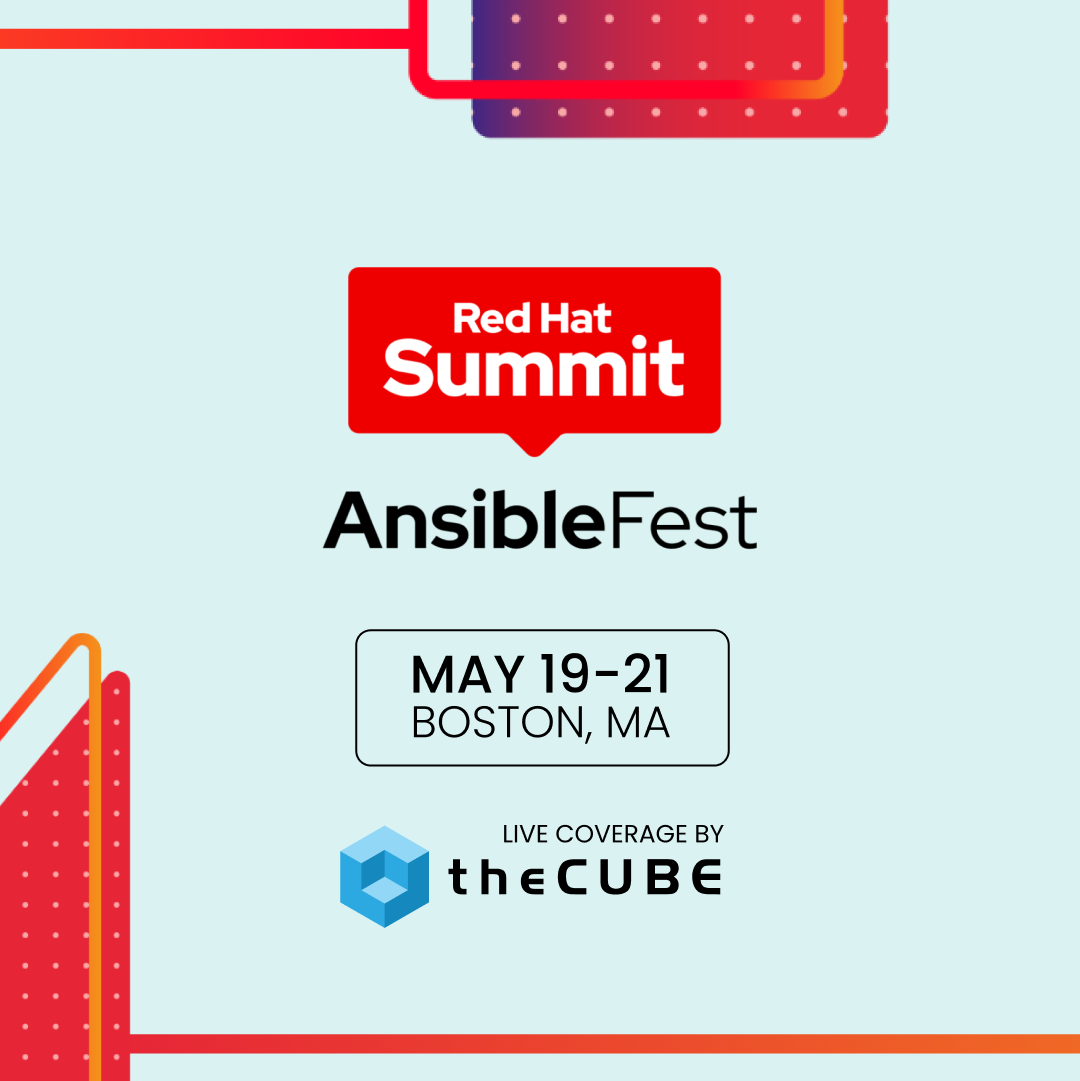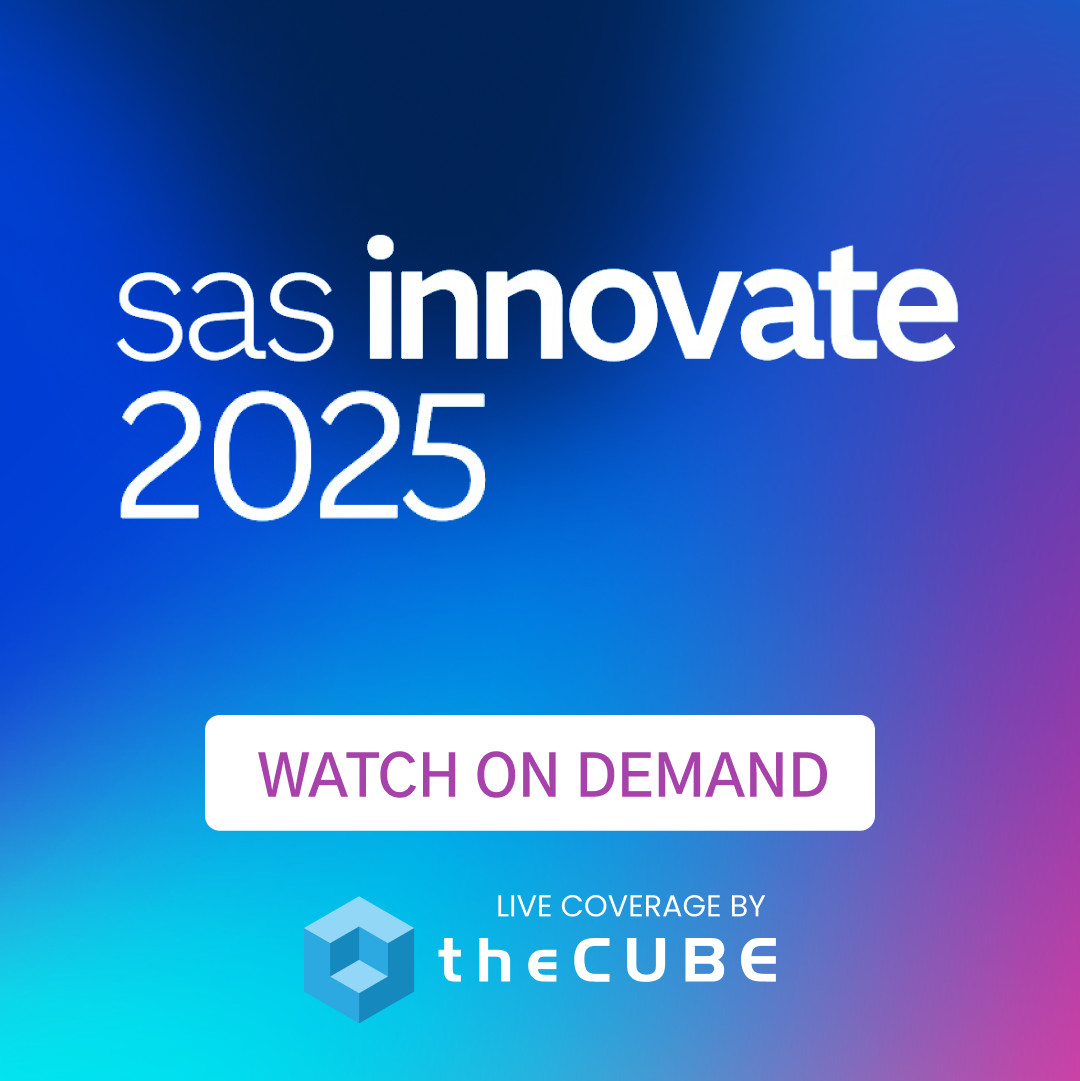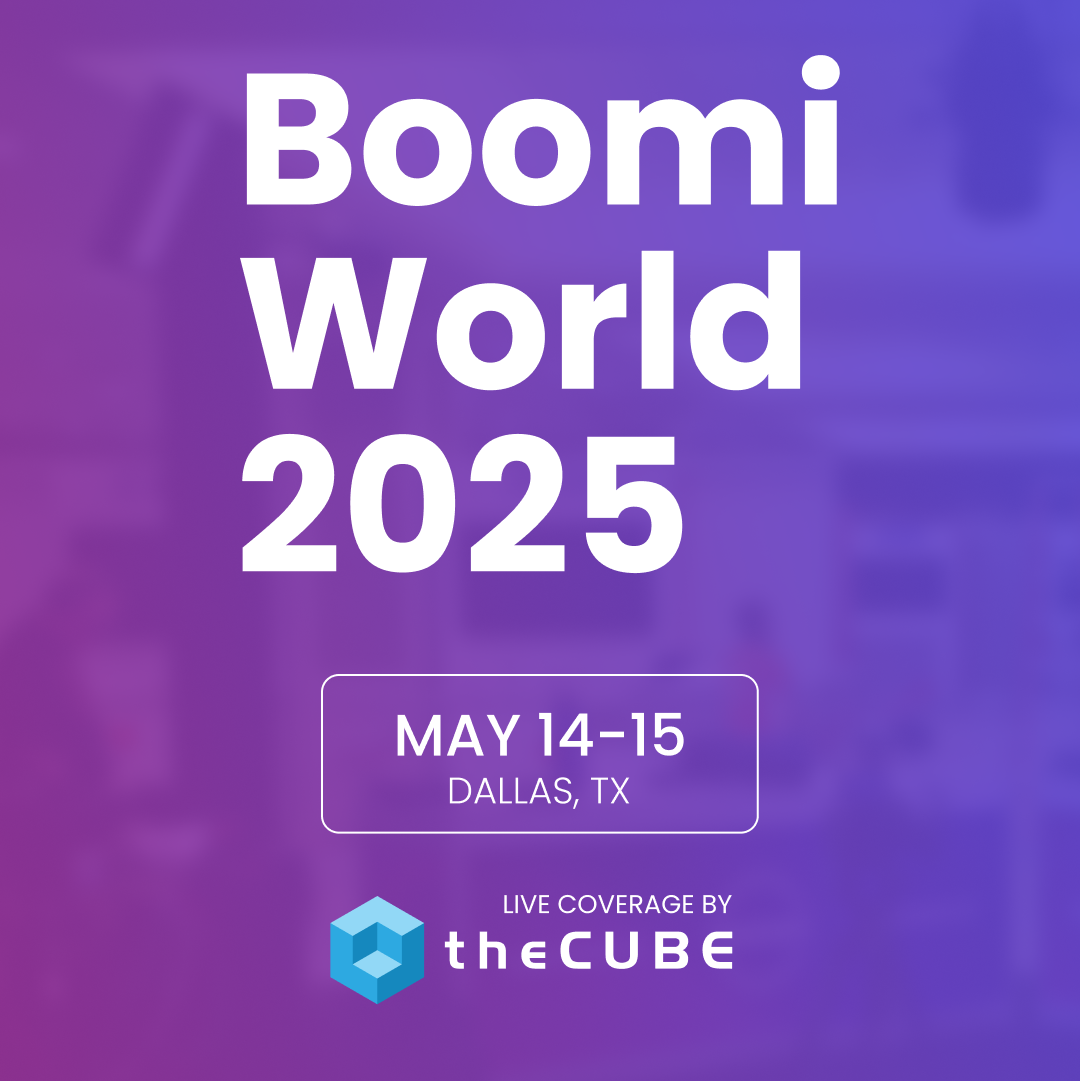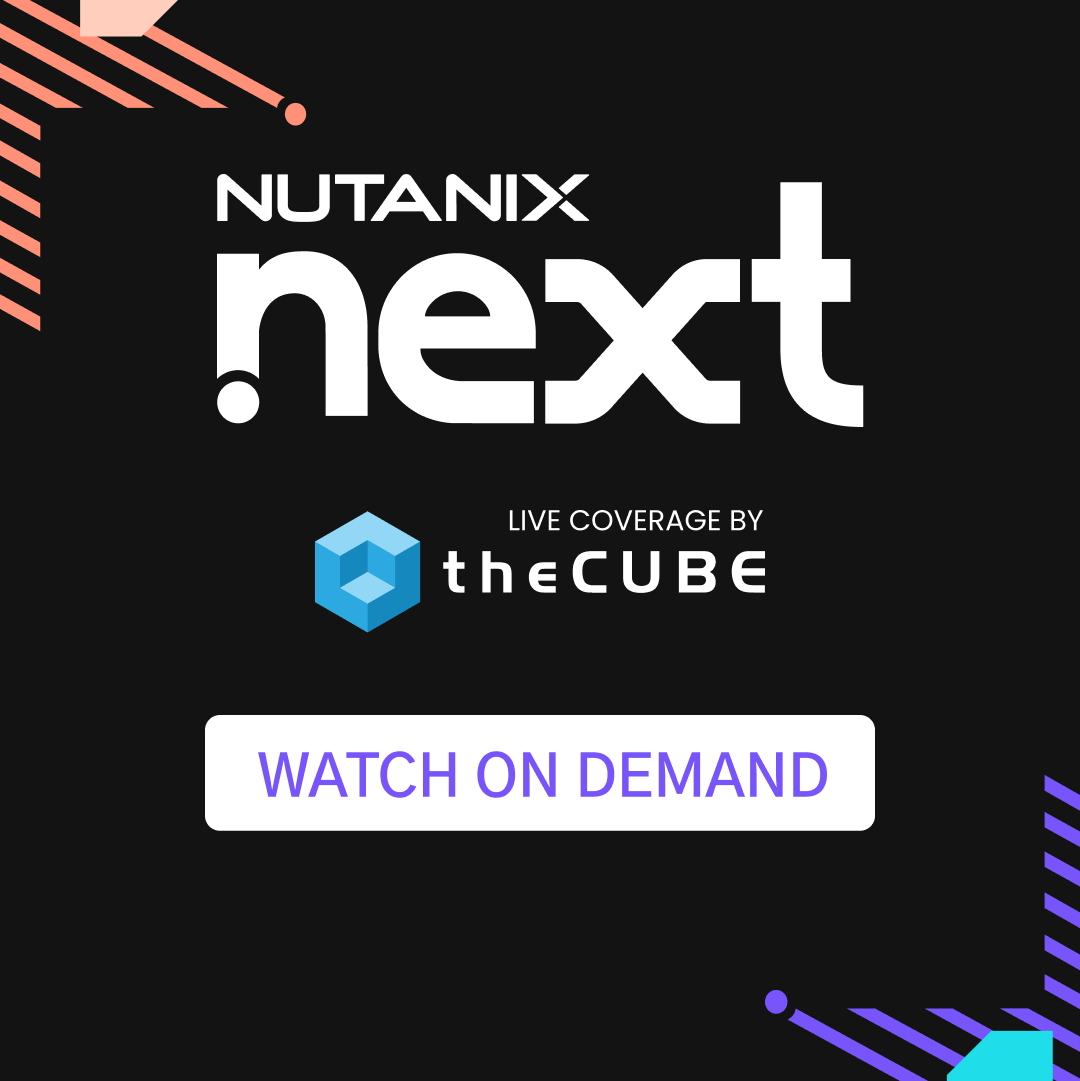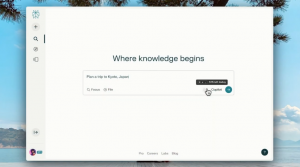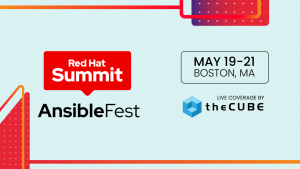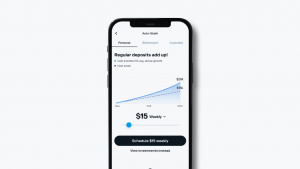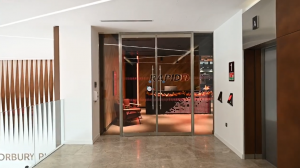Last to Post & Good Vibrations on Mars – SiliconANGLE News Roundup
 Leave it to Wall Street to Sellout…
Leave it to Wall Street to Sellout…
The 135 year old Washington Post seems to have finally lost its edge against electronic media, with the decision to sell their flagship newspaper.
Jeff Bezos purchased the newspaper ending the Graham family’s ownership of the news organizations after four generations. Bezos, the founder and CEO of Amazon.com, is paying a total of $250 Million in cash for the newspaper and all of the Post’s affiliated publications and business.
The Seattle-based Amazon Corporation will have no role in the purchase, and instead, Bezos himself will become the sole owner once the sale is completed within the next few months.
For much of the past decade, print media, and other “legacy” media organizations, have had trouble competing with digital media, and it’s resulted in many news publications closing their doors. This buyout, however, will take the company from being publicly traded to private, meaning Bezos will not have to report quarterly earnings to shareholders.
Under Bezos, the company will no longer be subjected to investors’ demands for ever-rising profits, as the company is obligated by law to do now. The added flexibility will enable The Post to experiment, without the need to show an immediate return on investment.
Priceless Monet? Express Checkout!
A new Amazon.com marketplace called Amazon Art was just launched, and the service should offer a unique forum for people to buy, sell, and trade art with dealers from around the globe.
At launch, the market will offer over 40,000 works of art, coming from around 4,500 artists. Easy-to-use discovery tools should help customers find new artists, and explore detailed information on each of them.
Customers can even explore famous art galleries, including Paddle8 in New York, Modernbook in San Francisco and Catherine Person Gallery in Seattle. The works of art available for purchase range in price from a few hundred dollars to several million.
This Is Why Nobody Likes You, Comcast
![]() Comcast has developed a new approach to fighting piracy, and they want to recruit more content providers to join them.
Comcast has developed a new approach to fighting piracy, and they want to recruit more content providers to join them.
The nation’s largest cable operator has already begun discussions with both film and TV studios, and even other leading Internet service providers about employing their new anti-piracy technology.
The new tech is simple, as it provides potential pirates with an opportunity to access legal versions of copyright-infringing videos as they’re being downloaded. Basically, when a user is found illegally downloading a movie, a pop-up message appears with links to purchase or rent the same content.
The new approach would be an alternative to the Copyright Alert System, informally known as the “six strikes” initiative, which Comcast has been using since February. The system warns subscribers as many as six times before Comcast steps in and retards, or completely halts their internet access.
Nifty Idea for Ikea Shoppers
This year’s IKEA catalog aims to make furniture shopping even easier by letting you plan your home’s design with a new augmented reality feature.
Setting up the feature is as simple as placing the catalog in the spot where you’re considering adding a new piece of furniture, scanning it with an augmented reality app, and selecting the desired item. From there, the app projects the item into your home by layering it over a real-time view captured by your device’s camera, giving users a good idea of an object’s scale in relation to the room.
Furniture shoppers and the augmented reality curious who want to try the futuristic approach to shopping can get this year’s catalog in print, or digitally on the iPhone, iPad and Android devices.
YouTube Helps You Tube With New Tube Icon
![]() YouTube added a new play icon on its website that will only appear while a video is playing.
YouTube added a new play icon on its website that will only appear while a video is playing.
The icon disappears if the video is paused or finished playing, allowing users to quickly see which tabs have active videos that are making noise.
Because YouTube auto-plays videos, opening multiple YouTube pages at once makes it difficult to figure out which videos need to be paused or closed. The new feature won’t be browser-specific, so users on Chrome, Internet Explorer and Firefox will all be able to see the new icons when they watch videos.
In other YouTube news, the company announced that it will lower its subscriber threshold for live streaming from one-thousand active users down to one-hundred users. The feature should be available immediately, provided users enable it on their Account Features page.
While announcing the new feature, the company also reminded users to maximize their channel exposure using custom thumbnails, combining playlists, and linking to outside websites on video annotations.
Finally, in even more YouTube news, this week, the company will be celebrating geek culture with GeekWeek. To honor the occasion, the company has planted Easter Eggs all across the website that will hopefully get you in a geeky mood.
A new hidden surprise should come out each day of the week, so users have all week to see which ones they can find.
Violation of Copyright is Cool if You’re a Robot
Just one year ago today, NASA’s Curiosity rover touched down on the surface of Mars with the mission to study the red planet.
It may have been a lonely birthday for the two-and-a-half-billion dollar robot, but engineers at NASA wouldn’t let the occasion go without celebration. Instead, they repurposed Curiosity’s soil analysis system to play the tune of “Happy Birthday to You,” making it the first time the tune has ever been heard on Mars.
Though the analysis system doesn’t exactly come with a loudspeaker, it does have a motor that can vibrate to generate specific frequencies.
Normally, the motor is used to help sift through soil for analysis, but for today it’s been modified to produce the exact frequencies that make up the song. Over the past year, Curiosity has sent back nearly forty-thousand images, driven about a mile, and analyzed material from rocks.
The mission has been a resounding success so far, as Curiosity has already completed its primary objective by determining that Mars could have supported life at some point. For furthering our understanding of the solar system, we thank you Curiosity, and for that, we would like to wish you a happy birthday.
And that’s all the news we have for today. If you want to keep up with these stories and more, join us every morning on NewsDesk with Kristin Feledy.
photo credit: Adam Glanzman via photopin cc
photo credit: Steve Rhodes via photopin cc
photo credit: webtreats via photopin cc
A message from John Furrier, co-founder of SiliconANGLE:
Your vote of support is important to us and it helps us keep the content FREE.
One click below supports our mission to provide free, deep, and relevant content.
Join our community on YouTube
Join the community that includes more than 15,000 #CubeAlumni experts, including Amazon.com CEO Andy Jassy, Dell Technologies founder and CEO Michael Dell, Intel CEO Pat Gelsinger, and many more luminaries and experts.
THANK YOU

